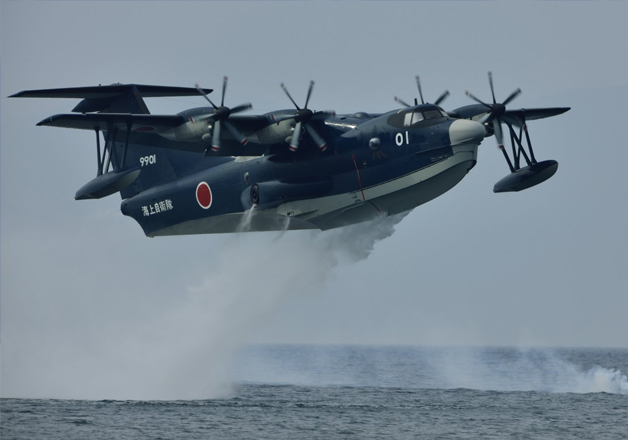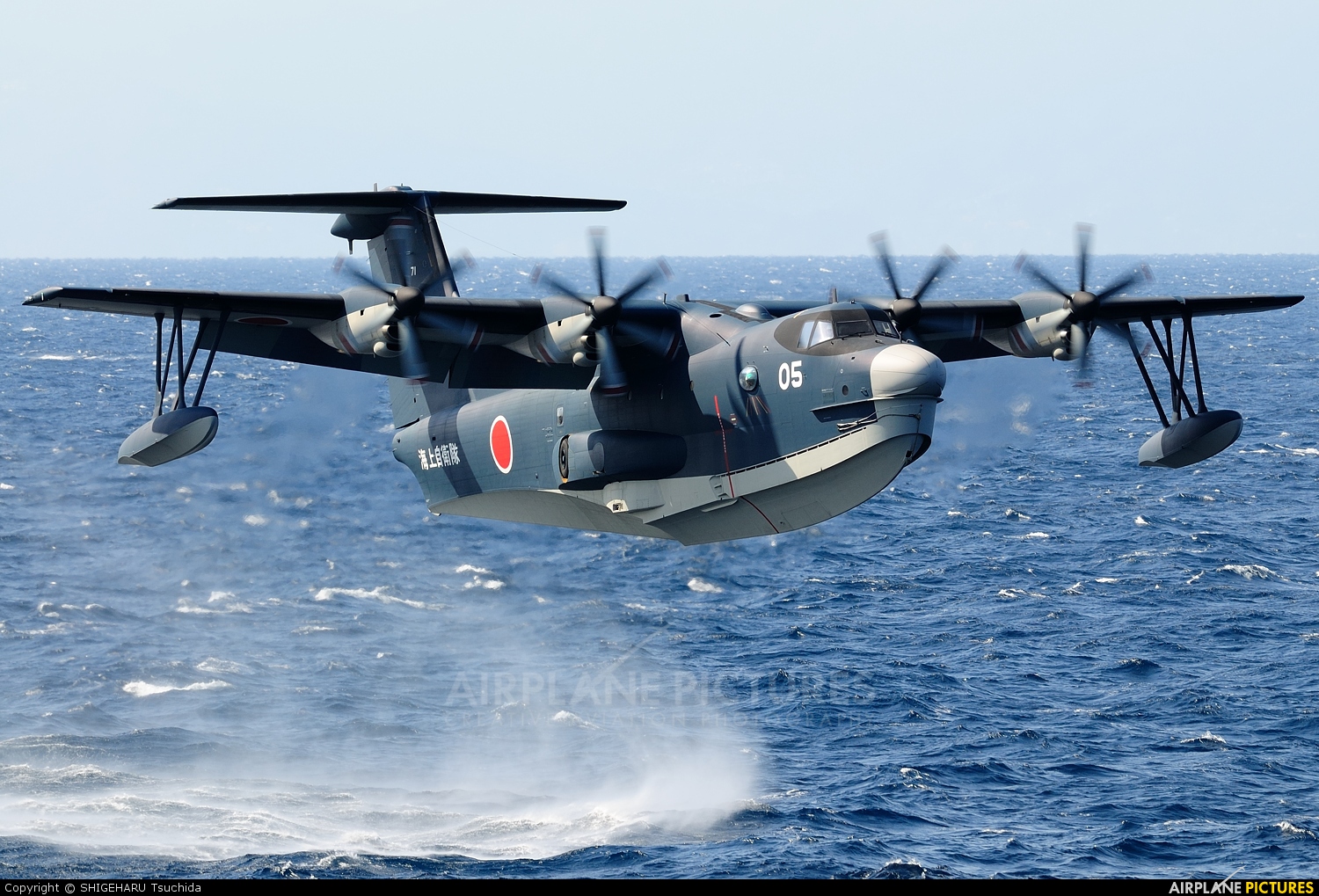In the modern era, only a limited number of countries possess the capability to develop and manufacture seaplanes, and Japan proudly stands among them. Presently, the Japan Maritime Self-Defense Force (JMSDF) employs the impressive ShinMaywa US-2 seaplanes, a fleet consisting of six aircraft. Notably, the acquisition cost of the sixth seaplane in 2013 was a staggering 12 billion yen, equivalent to nearly $156 million, firmly establishing the US-2 as the world’s most expensive seaplane.
The development journey of the ShinMaywa US-2 spanned eight years. As the Japan Maritime Self-Defense Force realized that their Shin Meiwa US-1A fleet, introduced in the 1970s, was approaching the end of its service life, efforts to secure funding for a replacement began in the 1990s. Unfortunately, the funds obtained were insufficient for the development of an entirely new aircraft.
In October 1996, ShinMaywa was designated as the main contractor by the Ministry of Defense to develop an advanced version of the existing US-1 aircraft. This enhanced aircraft was designated as the US-1A Kai. Featuring numerous aerodynamic refinements, a pressurized hull, and more powerful engines, the US-1A Kai underwent flight tests starting on December 18, 2003. Subsequently, it was re-designated as the US-2 Amphibian and formally introduced into a squadron in March 2007.
As an improved iteration of the US-1A, the ShinMaywa US-2 inherits the design principles of its predecessor. Its versatile airframe can easily adapt to various mission profiles, serving as a firefighting amphibian, passenger transport aircraft, or a multi-purpose amphibian.
The exterior of the ShinMaywa US-2 closely resembles that of a traditional flying boat, with straight wings mounted on the shoulders and two engines on each wing. The tail adheres to the typical T-type configuration. The aircraft’s wings and fuselage are constructed from composite materials and adhere to standard dimensions, measuring 33.5 meters in length, 33.2 meters in wingspan, and 9.8 meters in height.
The cockpit is positioned just behind the sharp nose, providing excellent forward visibility and housing the engine controls on either side. Equipped with an integrated control panel, the glass cockpit features a single LCD panel that consolidates digitalized meters.
The ShinMaywa US-2 incorporates a fly-by-wire flight control system, enhancing the aircraft’s safety and controllability. Beneath each main wing, a pontoon float arrangement aids in waterborne balance. The aircraft boasts an empty weight of 25.6 tons and a maximum takeoff weight of 47.7 tons.
With the capacity to carry up to 20 passengers or 12 stretchers, the aircraft is equipped with a tricycle-type landing gear, facilitating operations on land.
Powering the ShinMaywa US-2 are four Rolls-Royce AE 2100J turboprop engines, each driving six Dowty R414-bladed propellers, generating a maximum power output of 4,600 horsepower per engine. Additionally, a LHTEC T800 turboshaft Boundary layer control compressor contributes an extra 1,364 horsepower.
Impressively, the ShinMaywa US-2 achieves a maximum speed of 560 km/h. The aircraft’s remarkable capabilities extend to a maximum range of over 4,700 kilometers and a service ceiling of 7,200 meters. This exceptional seaplane stands as a testament to Japan’s prowess in the world of aviation.










